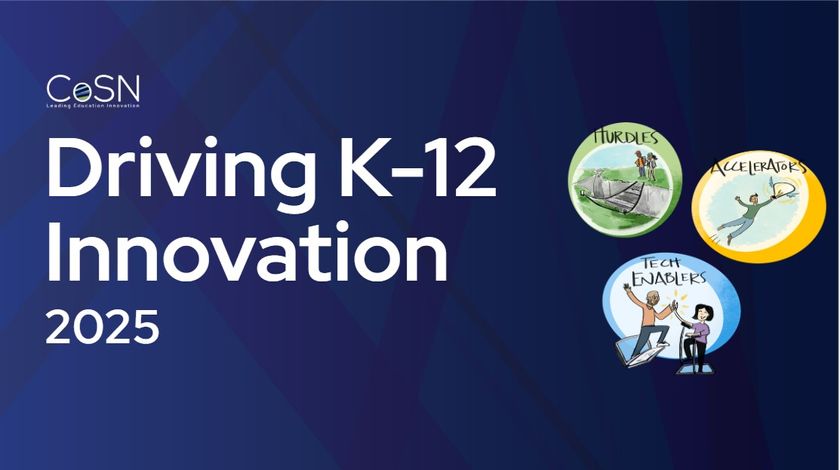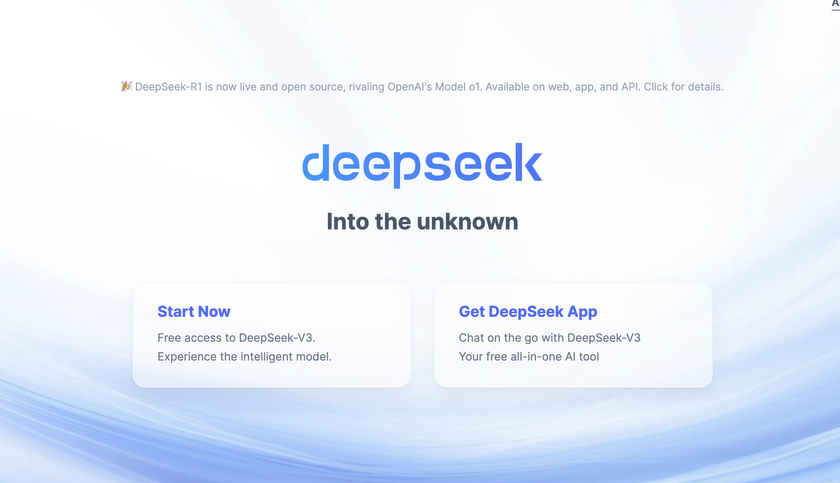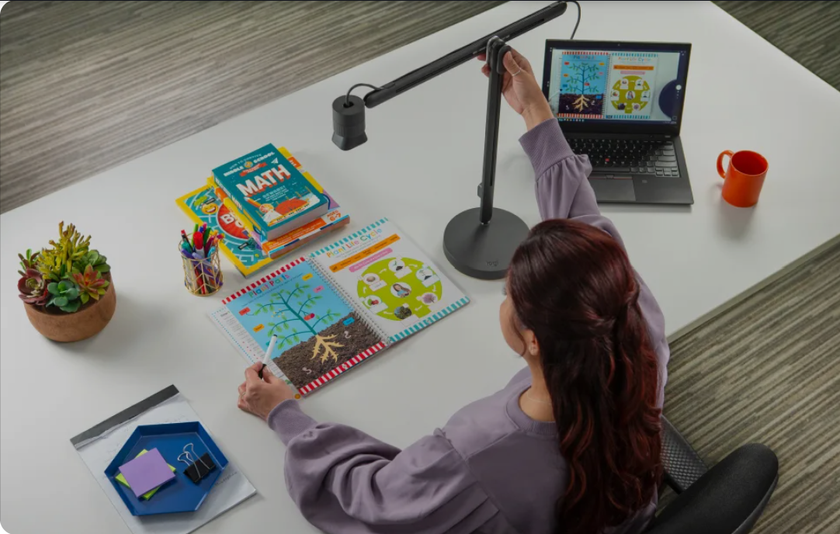Wikis Make Learning Wicked Fun
from Educators' eZine
In the business and education world alike, the concept of collaborative technology continues to shape our thinking. The notion of techies huddled in isolation in front of monitors has given way to the concept of sharing data and/or ideas across the office or across the ocean. Students, professionals, or like-minded hobbyists can now be linked on line by more than mere discussion boards or chat rooms. Wikis now give a venue for virtually anyone to collaborate on line.
What is a wiki?
When we think of wikis many of us instinctively think of today's most popular—Wikipedia. Technically a wiki is a collaborative writing space that allows users to read, add, and edit text and files of any kind including sound, movies, and even links to other websites. Very little technical expertise is required to contribute to a wiki, and only a web browser and an Internet connection is needed. All wikis contain two vital commands: "edit" and "save." Users can also view the history of a wiki to compare any of the iterations of the project. A great introductory document is available from the Educause Learning Initiative entitled "The Seven Things You Should Know About Wikis".
How do I make and use one?
Starting a wiki is a relatively quick process. First, select one of the free, online wiki-development sites available. Some of the more popular ones are PB Wiki, Wet Paint, Wikispaces, and Jottit. To determine which wiki might be best for you, check out Wiki Matrix for a side-by-side analysis of many choices. The moderator can then initiate the space and in most cases can set the security parameters to determine who can edit and view the space. Begin to enroll contributors (usually via email address) and the wiki becomes real.
How can I utilize them for students?
Tech & Learning Newsletter
Tools and ideas to transform education. Sign up below.
The idea of a collaborative creation space for students has limitless possibilities. Students can create a biology on-line textbook. In Literature Circles (Harvey Daniels) students can culminate the process with a set of "Cliff Notes" on the book studied. Students can collaborate with a school across town or across the country to create any kind of a project. For ideas, visit Wikispaces' "Examples of Educational Wikis", which is itself a Wiki and as such can be amended by users.
What are the advantages?
Relatively simple technology
Promotes "real-world" collaboration skills
Fosters richer communication than synchronous communication (Mabrito, 2006)
Pools strengths of many
Assessable, easy to track
Online collaborative writing produces higher quality writing than face-to-face collaboration (Passig and Schwartz, 2007)
What are the concerns?
Security/safety issues
Potential biases
Labor for moderator
Combating" Copy and paste" philosophy
Potential inequitable work distribution by contributors
How do I ensure high-quality work?
The first step is to have an "Acceptable Use" policy that outlines expectations of "Digital Professionalism." Next, whenever possible, the wiki should become a tool to be used later as a resource by contributors instead of merely an "assignment." However, there must be assessment. Students must take an active role in creating rubrics and assessing the wikis (Stiggins). During the process, teachers need to be continually monitoring and contributing formative suggestions directly on the wiki itself.
Most importantly, to develop true collaboration, teachers must incorporate structured Cooperative Learning methodology into the project. Among the components, the most important to consider are Positive Interdependence and Individual Accountability, as suggested by the University of Minnesota's Cooperative Learning Center. Designating roles and tasks, providing a unified goal, and creating a climate where the participants identify the need for each other will ensure a quality product.
Email:Jon Orech










